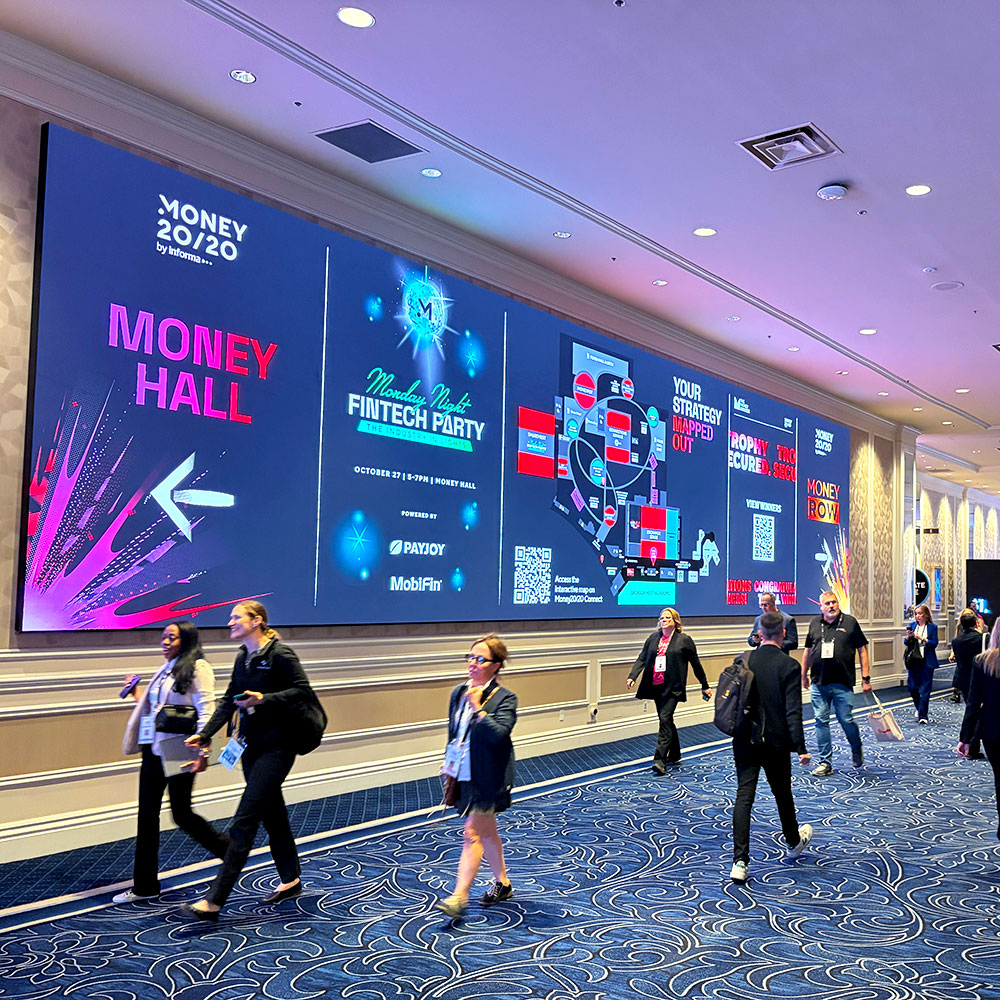
Introduction to BaaS
Let's say you've got this awesome new idea for a personal finance management application. You need to handle customer funds, access their accounts, and track their transactions. So you look into the possibility of handling those transactions and accounts internally. Very quickly, you figure out that you essentially have to become your own bank. However, regulatory and compliance requirements to becoming one create a barrier to entry that's impossible for you to navigate money-wise, time-wise, or likely both (both-wise?). So, how do you overcome that barrier to entry of becoming an entire bank just to deliver the personal finance management service you were dreaming of? There's always the option of finding someone willing to fund your bank side-project, but that's a bit far-fetched for the average startup. That's where Banking-as-a-Service (BaaS) comes into play.
BaaS can be known as a number of different terms based on who you might be talking to:
- Embedded Finance
- Fintech Sponsorship
- BIN Sponsorship
- Lending as a Service
- Sponsor Bank
and the list goes on!
What is BaaS?
When looking at what is BaaS, it's essential to define it first. BaaS is a modular approach to supplying complete banking processes that allow brands to easily embed financial services into their products without worrying about building banking infrastructure or obtaining a license.
BaaS in Modern Day
BaaS simplifies and accelerates the process of bringing financial products to market. Instead of building a banking infrastructure from scratch, companies can use BaaS platforms to access modular banking components, ensuring compliance and security while focusing on customer experience and innovation. This approach democratizes access to banking services, enabling a broader range of companies to offer sophisticated financial solutions and fostering greater financial inclusion.
Banking as a Service (BaaS) represents a paradigm shift in the financial technology (fintech) sector, enabling non-bank companies to offer banking services by leveraging traditional banks' infrastructure and regulatory framework. This innovative model allows fintech startups, e-commerce platforms, and other businesses to directly integrate various banking functionalities—such as payments, deposits, lending, and card issuance—into their applications through APIs. Overall - BaaS continues to grow in the fintech landscape, denoting it as a game changer for 2024.
How does BaaS work?
BaaS gives external businesses access to a bank's systems through Application Programming Interfaces or APIs. Without having to construct the intricate banking backend themselves, non-bank enterprises can incorporate a range of banking services into their platforms. For example, a fintech business using BaaS may offer clients financial products under its brand, such as loan services, payment processing, and savings accounts. The third-party company focuses on the frontend applications and user experience, while the BaaS provider—typically a licensed bank—manages data security, regulatory compliance, and other backend tasks.
Regulatory Considerations
Incorporating present fintech solutions with traditional banking infrastructure presents substantial obstacles, making regulatory concerns for Banking as a Service (BaaS) vital. To assure compliance and preserve the integrity of financial systems, BaaS providers and their partners have to manage an assortment of regulatory obligations. Essential matters to consider are following Know Your Customer (KYC) and Anti-Money Laundering (AML) laws, protecting data privacy and security per standards like GDPR, and getting the licenses required to provide financial services.
When looking at what is baas, these systems must abide by particular regional laws, which can differ significantly between states. BaaS providers must collaborate closely with regulatory organizations to stay informed about evolving legislative frameworks and implement robust compliance mechanisms to reduce risks.
While we don't necessarily focus on companies in hot water, a notable mention for businesses under pressure with compliance is Green Dot Bank, which set aside $20 million to anticipate FDIC consent orders regarding AML. While not necessarily against compliance, it is still shown to undermine the FDIC's scrutiny. It's essential to note that consumer protection and privacy is paramount for everyone involved. Keeping up to date with regtech and implementing robust systems affect the BaaS relationships extensively.
Conclusion
When looking at what is BaaS, this business model offers a scalable, creative, and effective method of integrating banking services across multiple platforms, and it has the potential to transform the finance industry completely. BaaS allows non-bank businesses to provide financial products through APIs, improving client experiences and advancing financial inclusion. However, achieving broad acceptance will be difficult due to numerous legal and regulatory hurdles, including having to obtain the necessary licenses in multiple jurisdictions and complying with stringent AML, KYC, and data protection laws. To promote a safe and legal financial ecosystem, BaaS providers, regulators, and industry stakeholders must continue to work together to address these issues.
Are you browsing from the community? Or are you one of our esteemed clients? Follow our blog to see how we're shaping the landscape of fintech.









